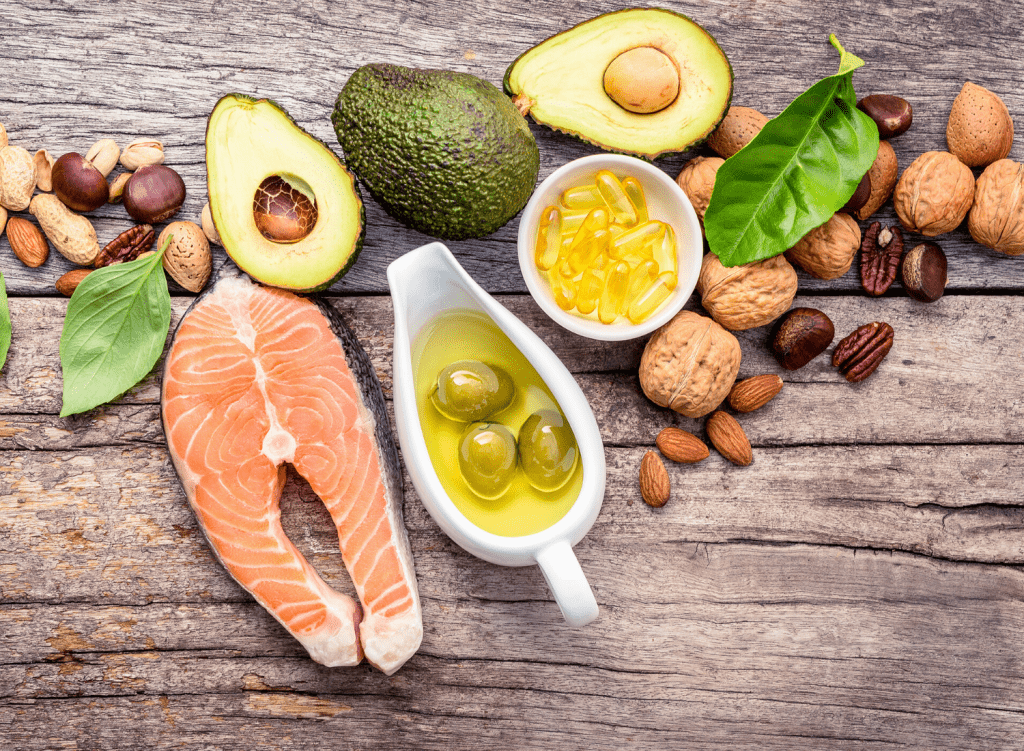What is DHA??

The term appears in adds of “health drinks” designed for small kids. Is it necessary for children only?? The answer is, NO! DHA- Docosahexaenoic acid is required in all age groups. So, what is DHA?? It is a type of polyunsaturated fatty acid. Included in a group of essential fatty acids. Of course, it is most important in pregnant and lactating women, growing children.
Listing a few major functions of DHA:

1) DHA, necessary for growth and development of the healthy brain and central nervous system.
2) Required for eye development in the fetus
3) It plays an important role in cognitive development in toddlers.
4) In adults, sufficient intake of DHA shows a positive effect on diseases like hypertension, arthritis, atherosclerosis, adult-onset diabetes mellitus, myocardial infarction, thrombosis, and some cancers.
5) Maintenance of normal vision in adults.
6) In old age people, DHA helps to prevent Alzheimer’s disease.
7) It also has an effect on the treatment of asthma, rheumatoid arthritis, menstrual pain, psoriasis.
The question is how to fortify our diets with DHA??
Alpha-linolenic acid acts as a precursor of DHA. Alpha-linolenic acid is a short chain omega 3 fatty acid produced in plant sources. It also occurs in animal products as obtained from plants.
Following foods are the direct or indirect sources of DHA:-
1. Flaxseeds:-
Alpha-linolenic acid (ALA) is present in flaxseeds and flaxseed oil. A small percentage of ALA can be converted into Eicosapentaenoic acid (EPA) and DHA.

We can prepare flaxseed chutney, or flaxseed powder can be added to our salads, soups, boiled veggies etc.. Flaxseed can be mixed with fennel seeds (saunf) for direct consumption.
2. Chia seeds:-

75% of the total fat present in chia seeds is ALA. Chia seeds also provide anti-oxidants, fiber, and calcium. They are mostly soaked in water can be added to chapatti flour, dals or even salads. Chia seeds can be sprinkled on yogurt, soups or even tossed with rice. Indian recipe of chia seeds is “falooda”.
3. Walnuts:-

Walnuts contain both omega 6 (linoleic acid) and omega 3 (ALA). It plays an important role in the prevention of cardiovascular diseases.
Walnuts can be included in dessert recipes like kheer, puddings etc..
4. Fish:-

Fish mainly- Rawas (Indian salmon), rohu (carp fish), bangda, Surmai etc.. are rich in omega 3 and omega 6 fatty acids.
Steamed fish is a better form than other cooking methods.
Other sources like almonds, canola oil, mustard oil, soyabean oil etc.. can be included in our diet.
The ideal ratio of omega 3: omega 6 ranges from 1:1 to 1:5-10.
We must try to include at least 1 source of omega 3 fatty acids in the diet. Proper functioning of the brain, nervous system, prevention of diseases is our goal!







